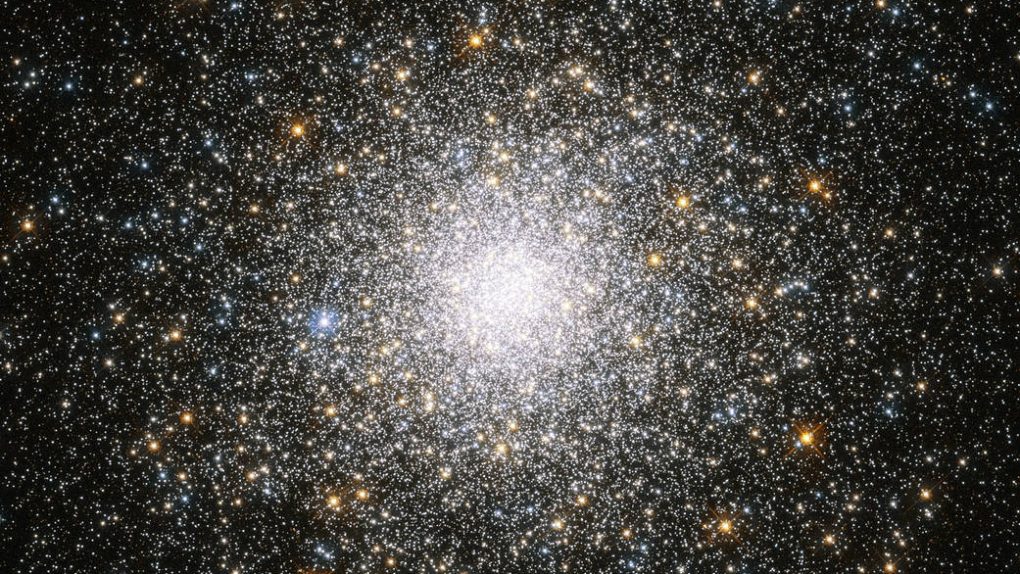- A new cosmic structure was just discovered that may hold an incredible number of galaxies, stars, and planets.
- The structure is now known as the South Pole Wall, and it resides in an area that is obscured from our view by our own Milky Way galaxy.
- The discovery was made using data showing the movement of galaxies in the area of space that is visible from Earth.
Mapping the universe is a tricky thing. Current technology allows us to observe objects that are tens of billions of light-years away, but generating maps of 3D space from our singular vantage point still poses some serious challenges. Cosmographers have developed techniques for detecting and mapping things that they can’t see directly, and a new research effort has revealed the existence of a massive cosmic structure now known as the South Pole Wall.
It’s a colossal collection of galaxies that measures approximately 1.4 billion light-years across. It contains countless stars and planets, and it’s been hiding behind our own Milky Way. That is, until cosmographers came up with a solution.
When we peer into space, much of the sky is unobscured, but if we look in the direction of our own galaxy, the light of the many stars and other material blocks much of our view of that region of space. So, researchers came up with a different method to map what they couldn’t see.
Rather than trying to view the area directly, they used data from previous surveys to plot the movement of the distant galaxies that they could see. They took into account how fast the galaxies were moving away from Earth as well as the gravitational forces affecting them from other directions. After crunching the massive amount of data, the resulting map revealed a colossal collection of mass that is one of the top 10 largest cosmic structures ever detected.
As LiveScience reports, the researchers have estimated that this South Pole Wall contains the mass of approximately 100 million billion Suns. Needless to say, that’s a whole lot of mass, and the researchers say that there may be even more there that they haven’t yet been able to detect and map.
The really interesting part about this is that the researchers can’t say for certain what this massive blob of matter contains. It’s likely that, due to its immense size, there are as many as hundreds of thousands of galaxies there, but since dark matter — which doesn’t emit light but still exerts gravitational pull — is thought to be more plentiful in space than ordinary matter, there could be plenty of that hanging around as well.
It’s studies like this one that offers us a bit of perspective when it comes to our planet and our place in the universe. Consider that the Milky Way is thought to host at least 100 billion planets, and that’s just one galaxy. This study may have revealed the presence of hundreds of thousands of new galaxies, each with an untold number of stars and planets. If that doesn’t make you feel tiny, I don’t know what would.








